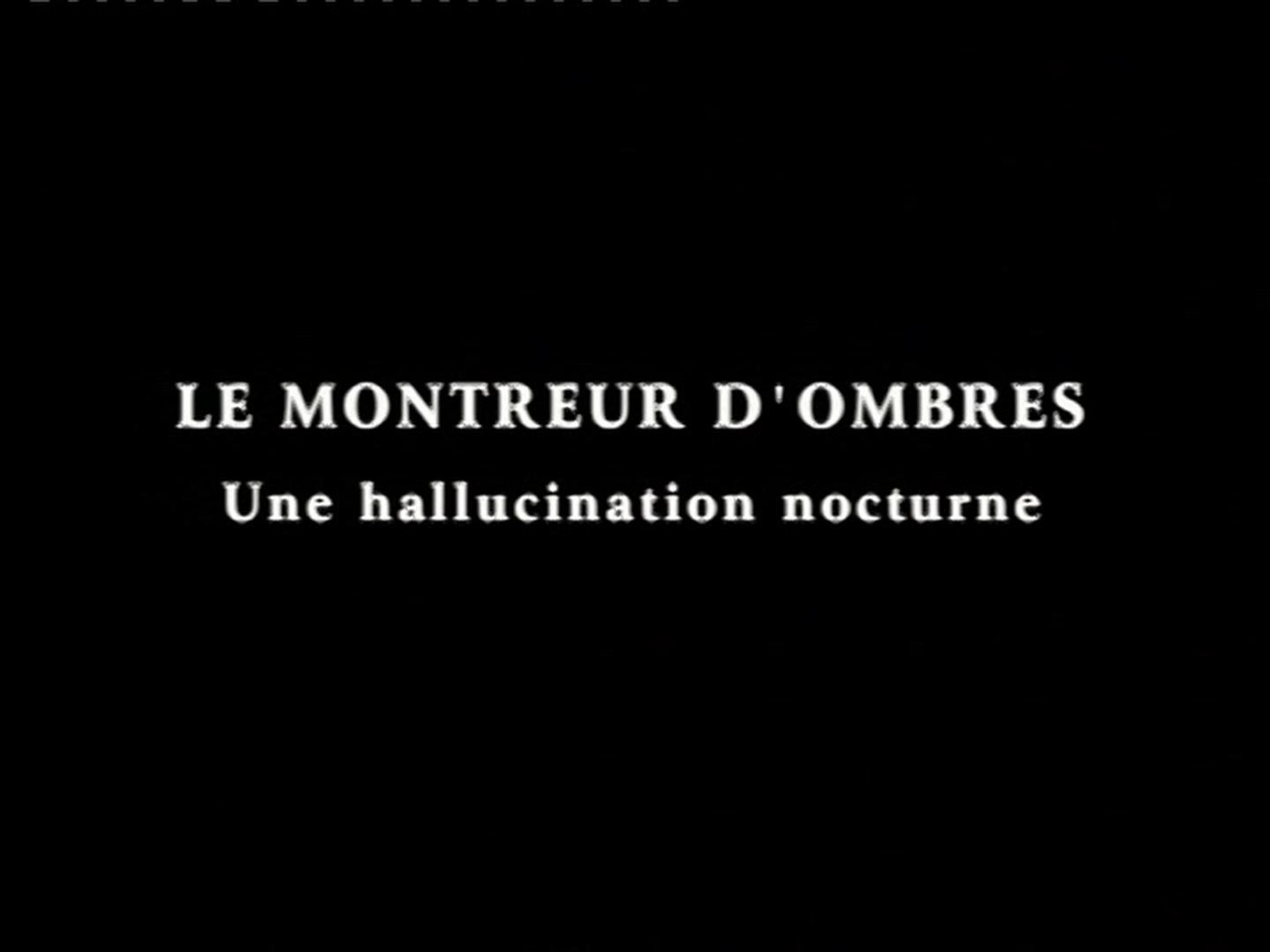Redwood Creek Films
Reviewed by Jean-Marie Marbach
Last modified on Sunday 10th September 2023, 09:42:25 AM
| Česká verze / Return to index |
| ||||||||||||
Bitrate (min / avg / max): 0.27 / 22.28 / 44.75 Mbps | ||||||||||||

Audio: | Piano score by Belgian composer Laurent Pigeolet in LPCM 2.0 / 1,536 kbps | |
| Subtitles: | None | |
| Menus available in: | English | |
| ||
Special features: | "Danse macabre," a short film by Dudley Murphy (1922, 6:56, MPEG-4 AVC, 1080i60/1.001, LPCM 2.0 / 1,536 kbps) | |
| Notes: | Warning Shadows is often hastily mentioned as an example of German expressionist cinema, but despite the use of shadows to illustrate the characters' feelings (on otherwise realistic sets), this film doesn't fit the label that easily. Too realistic to be fully expressionist, but too staged and cleverly lit to avoid a taste of twisted fairy tale, the uniqueness of this film makes it difficult to fit in just one box. Although sidelined by the monumental body of work from his contemporaries Friedrich Murnau and Fritz Lang, not to mention Robert Wiene's Caligari, Arthur Robison's "nocturnal hallucination" holds nonetheless a special place in silent film history. The tackled themes and the unique use of shadows, not just as a visual tool but also a major story element, still make it a fascinating viewing experience to this day. Never released on Blu-ray in its tinted version before, the announcement of a "brand new 4K restoration" by the French label Redwood Creek Films understandably triggered enthusiasm among silent film fans, some of whom gladly (and blindly) supported its crowdfunding restoration campaign, despite the absence of video previews and a hefty price tag (€50 per disc). Following such an exciting announcement, the result is all the more disappointing but before diving into specifics, let's pause on the first issue with this release: As stated on Kickstarter, Redwood Creek Films claims that "thanks to a new tinted print, a new 4K scan was possible". But when we started comparing this edition to previous ones for this review, we found out that this "new scan" shared the exact same crop values, film damage and stability issues (on identical frames) as a previous version aired on German / French TV station Arte back in 2003... How can two different scans of two different prints share the exact same crop values, film damage and stability issues? Our readers are welcome to ponder this question and share their comments. But there's more: This previous 2003 version was actually a reconstruction of the film sourced from two different prints: One owned by the Cinémathèque française, and the other loaned by the Museum of Modern Art. Although this new Blu-ray features the same reconstruction (supervised by Cineteca di Bologna, the Cinémathèque française and the Murnau Stiftung), none of the parties involved are credited by Redwood Creek. To a baffled Kickstarter funder (David T Steere Jr) who complained about the "removal of all credits as to the sources of this film: Friedrich Wilhelm Murnau Siftung, La Cineteca di Bologna and La Cinemathèque Francaise", Redwood Creek replied "we didn't remove any credits (...) and this specific tinted copy doesn't belong to the Murnau Institute nor to any known cinematheques". This answer strikes us as ill informed at best: Although the origins of this mysterious "new print" are unknown to us, we do know it features a reconstruction credited to the parties mentioned above. Now film enthusiasts could brush these potential ethical and legal issues aside... if this Blu-ray featured a stellar 4K restoration as advertised (or even just a solid HD transfer), but that's unfortunately not the case: The print is badly damaged, filled with dust, scratches and stains. Flickering is constant and stability is also an issue. Now let there be no misunderstanding: A damaged print is not uncommon for a century old film, and is something one can live with if it's the best version available... but when a label claims a "brand new 4K restoration" featuring "thousands" of cleaning instances "frame by frame", a better result is expected. Of course, we'd love to see what exactly was "cleaned frame by frame" in this case, but this release doesn't include the traditional "before / after" restoration extra... As mentioned earlier and compared to the 2016 absolut MEDIEN DVD release, the picture is also cropped and features less information, sometimes on all sides (just like the 2003 version). Beyond the poor shape of the print, the mastering and 1080i AVC encode (at 29.97fps) are also problematic. The picture features a very weak definition, often blurry and looking like a poor DVD upscale. It also suffers from aggressive DNR erasing most details along with the original film grain. The interlaced video is plagued with digital artifacts, and finally, the frame rate conversion from the original 18fps to 29.97fps (why not 24p?!) is poorly done and features blended frames. Gone are the original tints (this version only features the same yellowish tint throughout the entire film), and also gone are the original opening German intertitles, replaced here by new English ones. Suffering from a digital look, they don't blend with the film well and are more of a distraction than anything else. (See note below.) The newly commissioned piano soundtrack by Laurent Pigeolet is the only highlight of this release. Featuring a rich blend of evocative themes and supporting the action efficiently, it translates the general surreal and mysterious atmosphere well (more than Donald Sosin's 2006 score, also mainly piano solo, featured on the Kino DVD release). For a piano solo score, the 2.0 LPCM mix fills the soundstage with surprising ease and provides an enjoyable listening experience. Pigeolet's work is a welcome addition to the list of piano, ensemble and orchestral scores already produced for this film. The only special feature included on this disc is "Danse macabre", a 1922 short by Dudley Murphy. Although interesting, it suffers from the same issues found in the main feature (poor definition, aggressive DNR, etc.). In a time when physical media (and especially Blu-ray) is threatened and struggling like never before, every new release should be exemplary but despite an enjoyable new score, this one is disappointing... not only compared to how stunning silent films look nowadays when properly restored and encoded, but also in its own right... and especially when the label sells a new "4K restoration" with a €50 price tag. The 2016 absolut MEDIEN release of the same reconstruction features a far better restoration and despite being SD, a superior video quality (see interactive comparison between different versions below). All one can hope for now is that Arthur Robison's Warning Shadows will eventually get the satisfying HD release it deserves. About the intertitles: The version aired by Franco-German TV channel Arte opens with this disclaimer: "This restored version doesn't contain the intertitles featured in the original version released in October 1923." But the Kino DVD edition opens with this one: "This restored edition contains no intertitles, in keeping with the original German version of the film, premiered in October 1923." So which is it? Did Warning Shadows feature intertitles when originally released in 1923 or not? The 2016 absolut MEDIEN release features German intertitles apparently created on film... Are these original or were they reconstructed for this edition? Any reader's input on the matter is welcome. ... We've reached out to Fabien Delage of Redwood Creek Films to discuss this release and notify him a negative review was possibly on its way. Unfortunately, besides the surprising implication that usual restoration quality standards don't apply to crowdfunded projects, his reply only addresses the raised issues in general terms: "As you know, the restoration depends on the source. We've done thousands of retouching instances frame by frame along with an important color timing and stabilisation work. We are happy this version exists with this score, and available on Blu-ray (...) This is not a real video release but a limited edition for backers. I'm disappointed it's not to your liking." | |
Arte DVB
Reviewed by Jean-Marie Marbach
Last modified on Tuesday 08th August 2023, 10:15:17 PM
| Česká verze / Return to index |
| ||||||||||||
Bitrate (min / avg / max): n/a / n/a / n/a Mbps | ||||||||||||

Audio: | Musical score by Ohr macht Musik fürs Auge in LPCM 2.0 / 1,536 kbps | |
| Subtitles: | None | |
| Menus available in: | None | |
Special features: | None | |
absolut MEDIEN
Reviewed by Jean-Marie Marbach
Last modified on Tuesday 08th August 2023, 10:15:17 PM
| Česká verze / Return to index |
| ||||||||||||
Bitrate (min / avg / max): 0.16 / 6.06 / 9.29 Mbps | ||||||||||||

Audio: | Musical score by Johannes Kalitzke in Dolby Digital 2.0 / 384 kbps | |
| Subtitles: | None | |
| Menus available in: | German | |
| ||
Special features: |
| |
| Česká verze / Return to index | |
|
Redwood Creek Films | Arte DVB | absolut MEDIEN
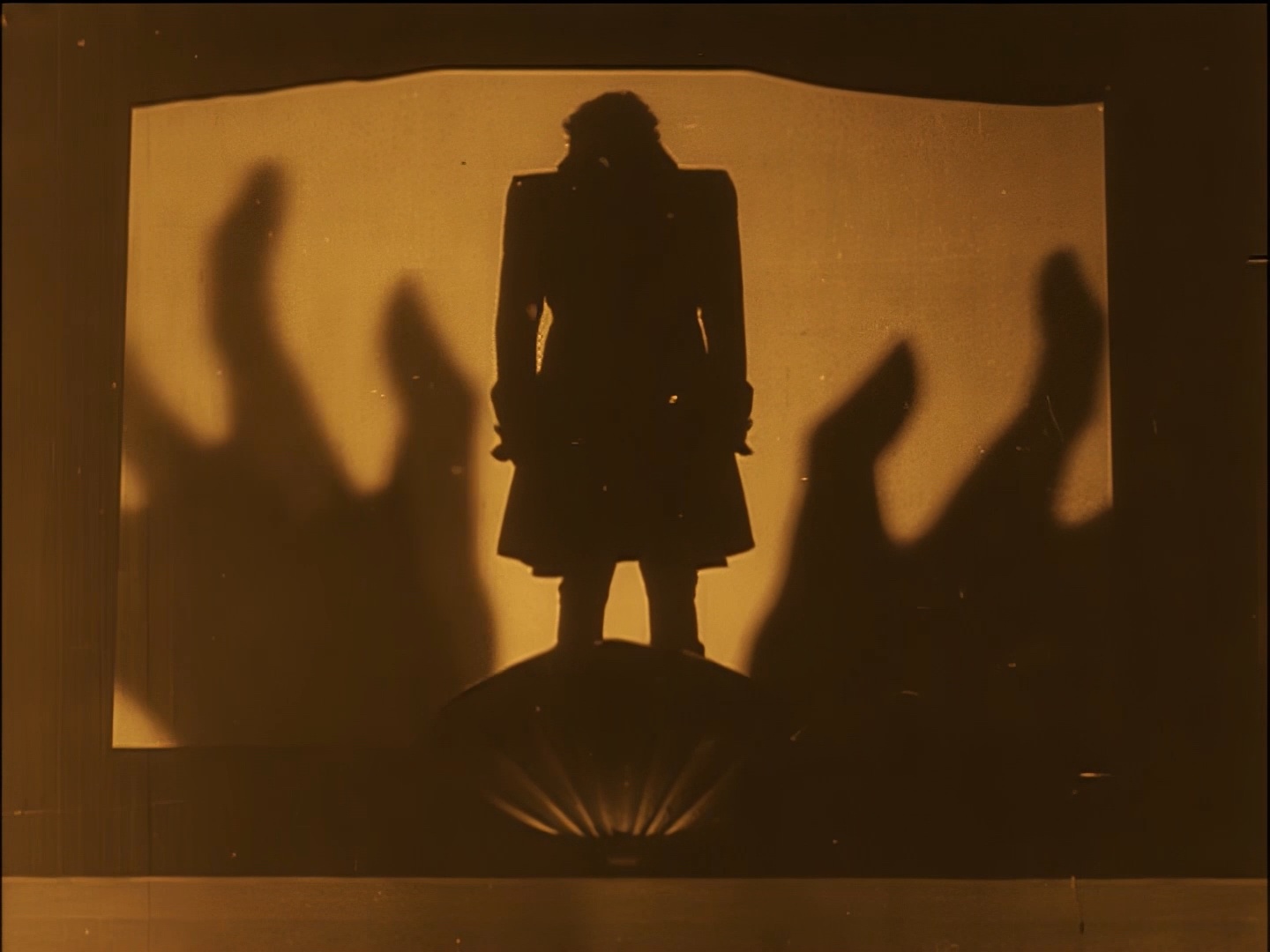 |
Redwood Creek Films | Arte DVB | absolut MEDIEN
 |
Redwood Creek Films | Arte DVB | absolut MEDIEN
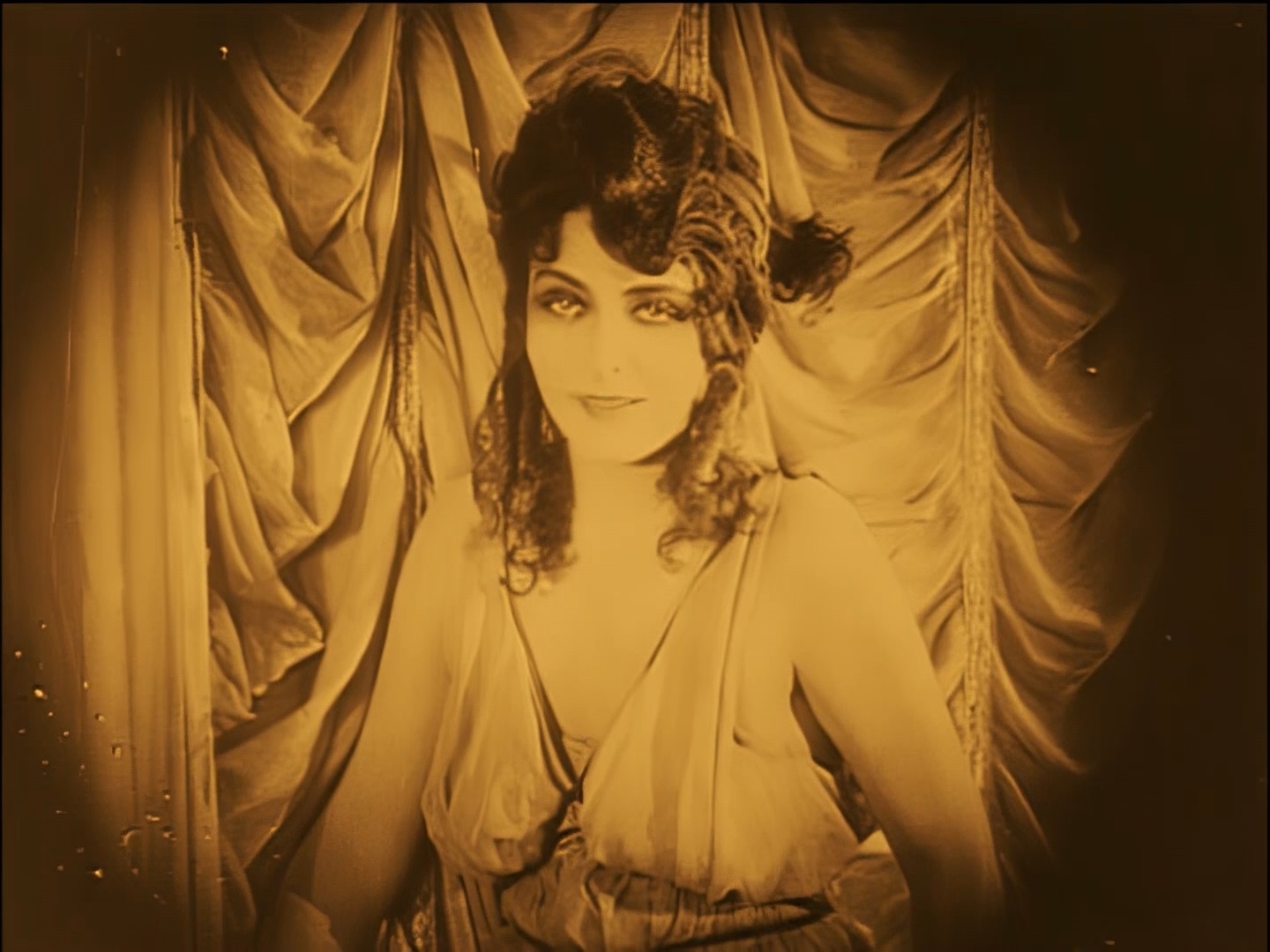 |
Redwood Creek Films | Arte DVB | absolut MEDIEN
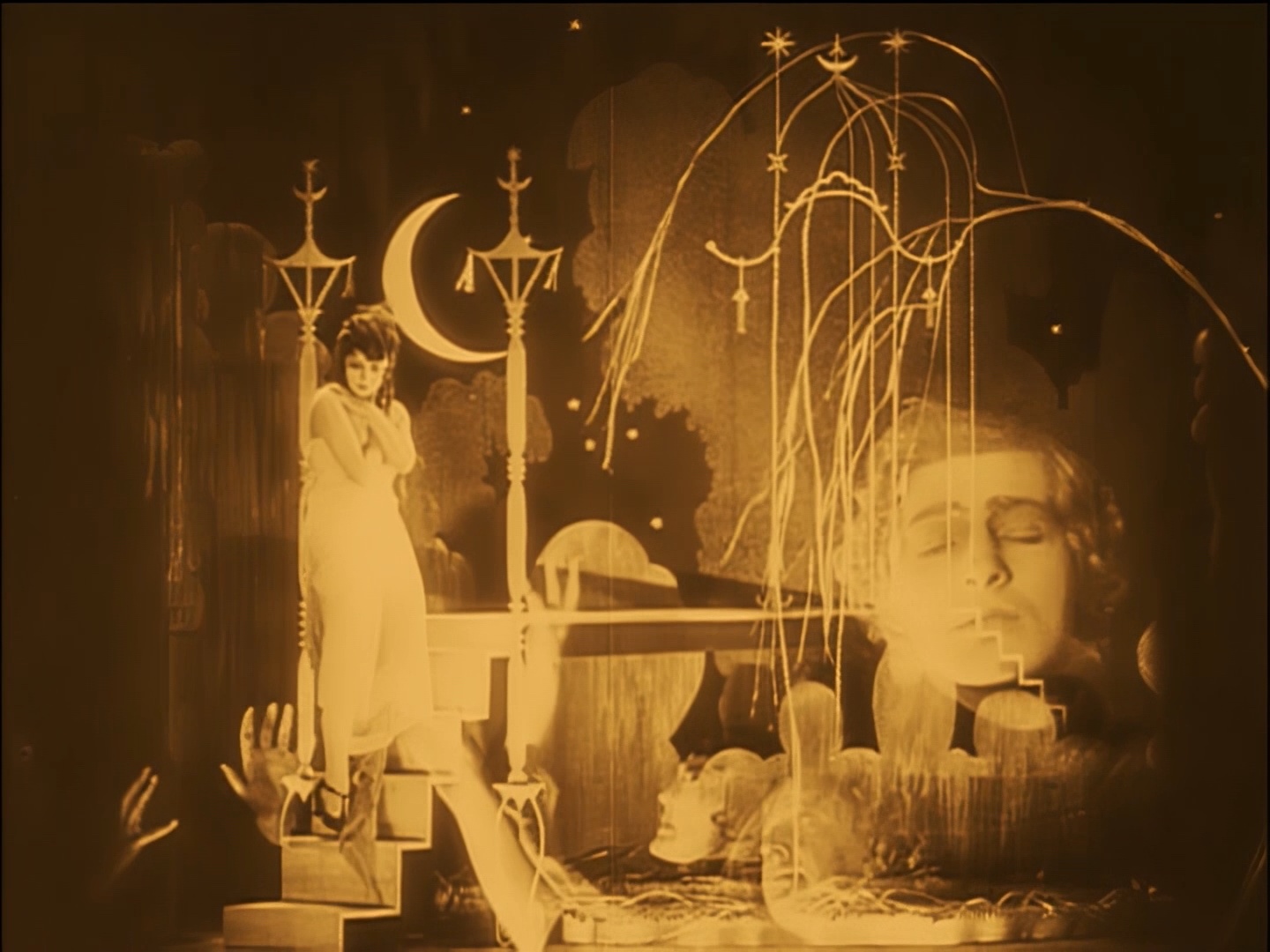 |
Redwood Creek Films | Arte DVB | absolut MEDIEN
 |
Redwood Creek Films | Arte DVB | absolut MEDIEN
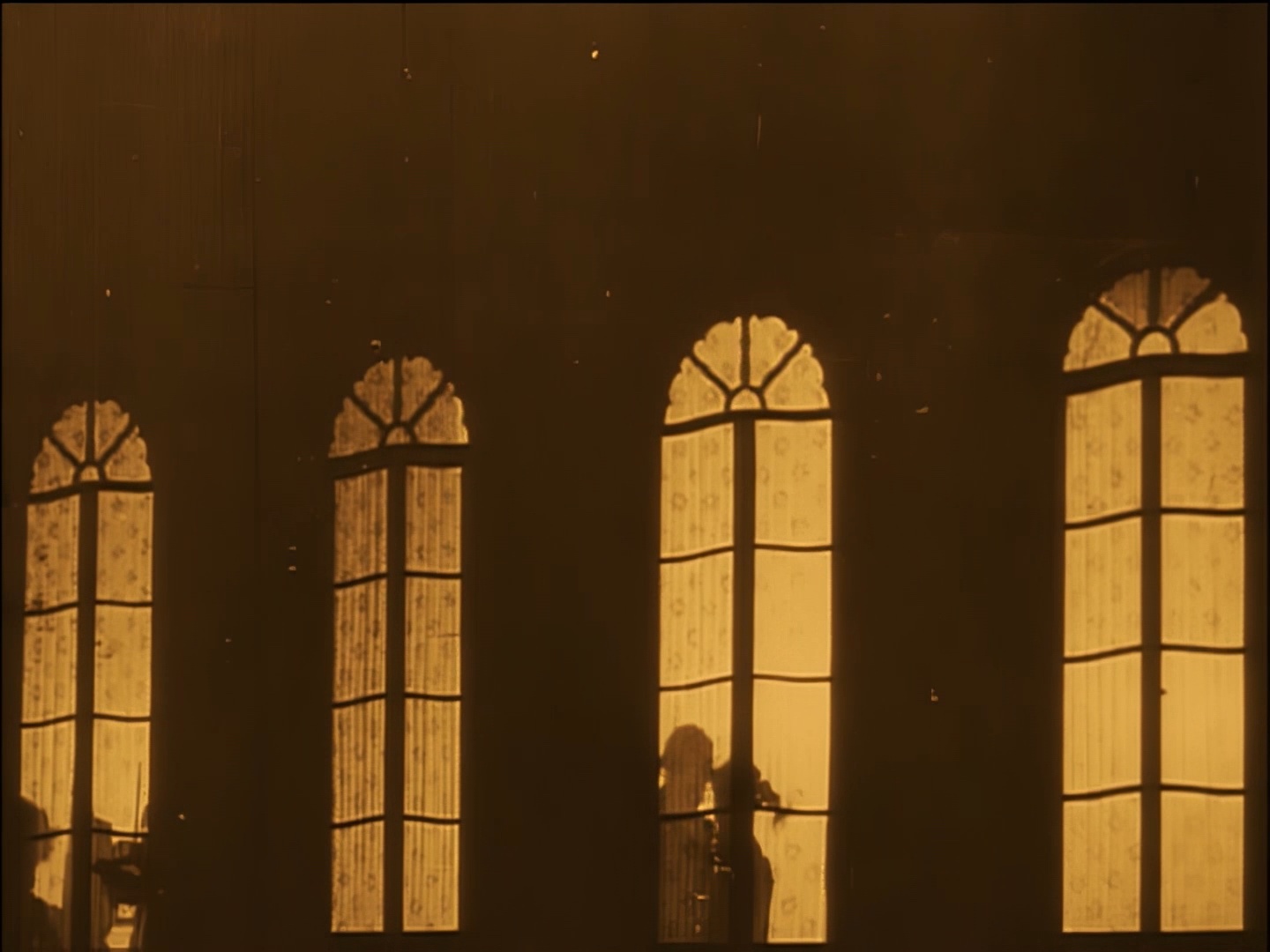 |
Redwood Creek Films | Arte DVB | absolut MEDIEN
 |
Redwood Creek Films | Arte DVB | absolut MEDIEN
 |
Redwood Creek Films | Arte DVB | absolut MEDIEN
 |
Redwood Creek Films | Arte DVB | absolut MEDIEN
 |
Redwood Creek Films | Arte DVB | absolut MEDIEN
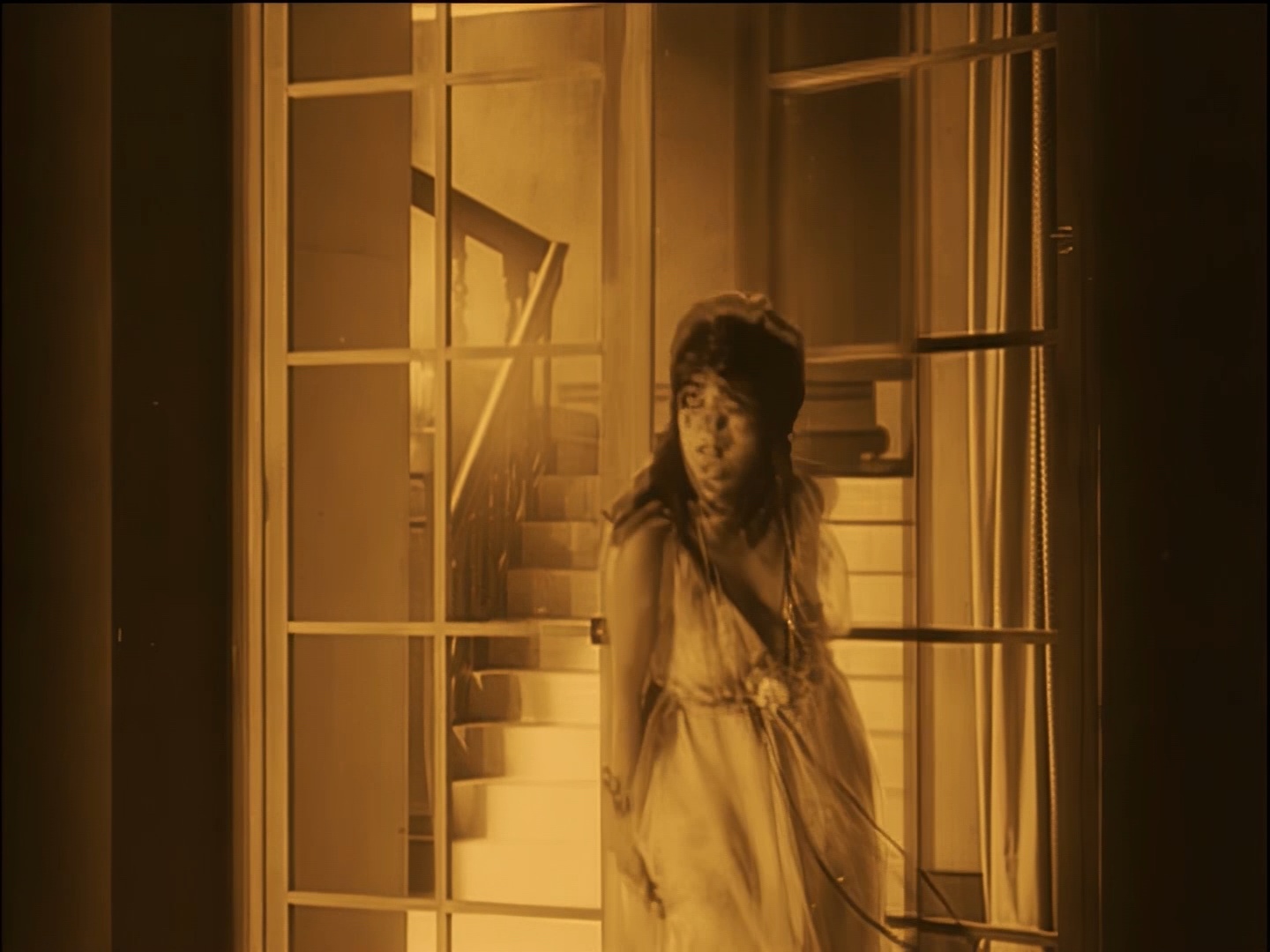 |
Redwood Creek Films | Arte DVB | absolut MEDIEN
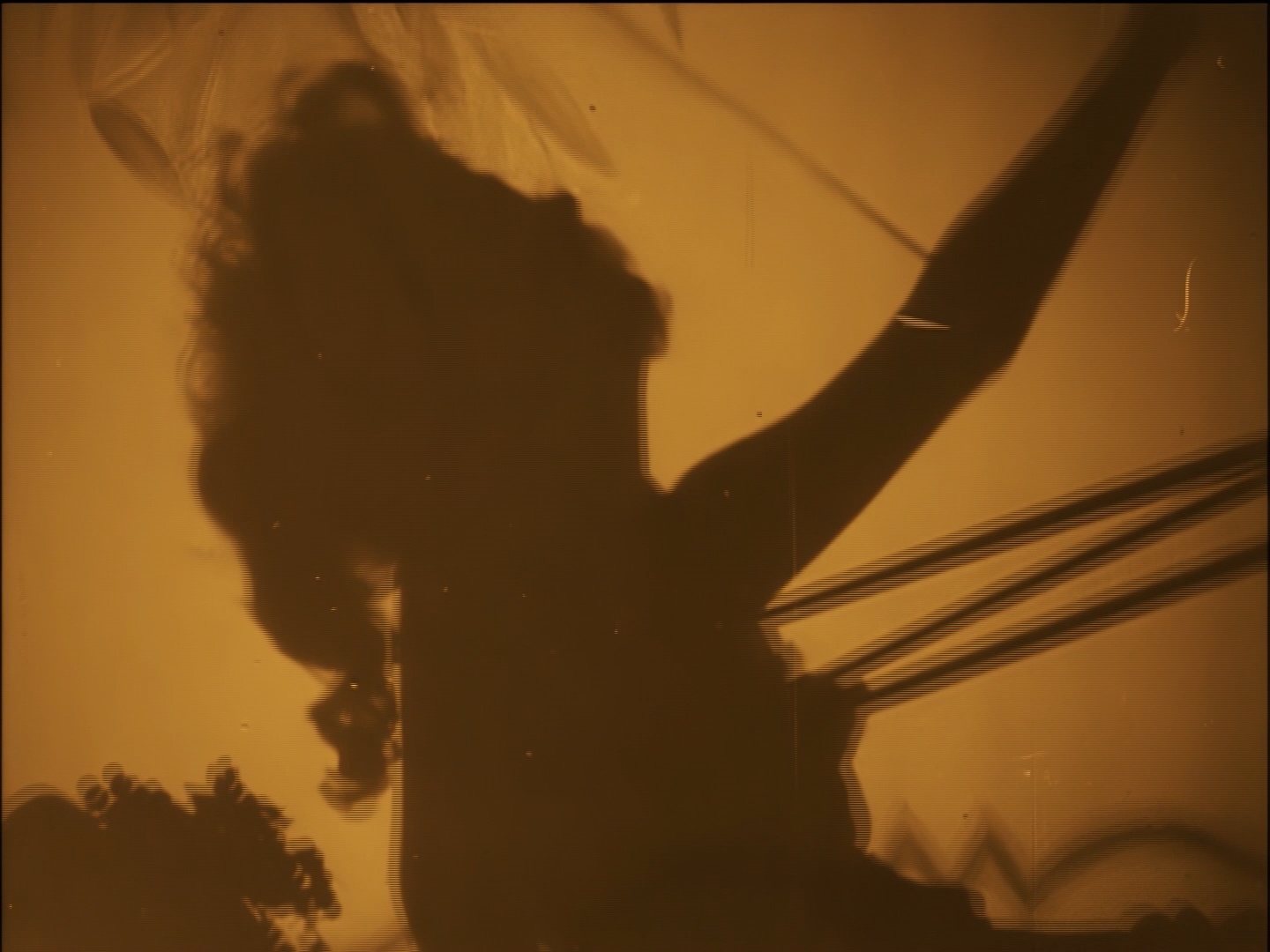 |
Redwood Creek Films | Arte DVB | absolut MEDIEN
 |
Redwood Creek Films | Arte DVB | absolut MEDIEN
 |
Redwood Creek Films | Arte DVB | absolut MEDIEN
 |
| Back to top / Return to index |





